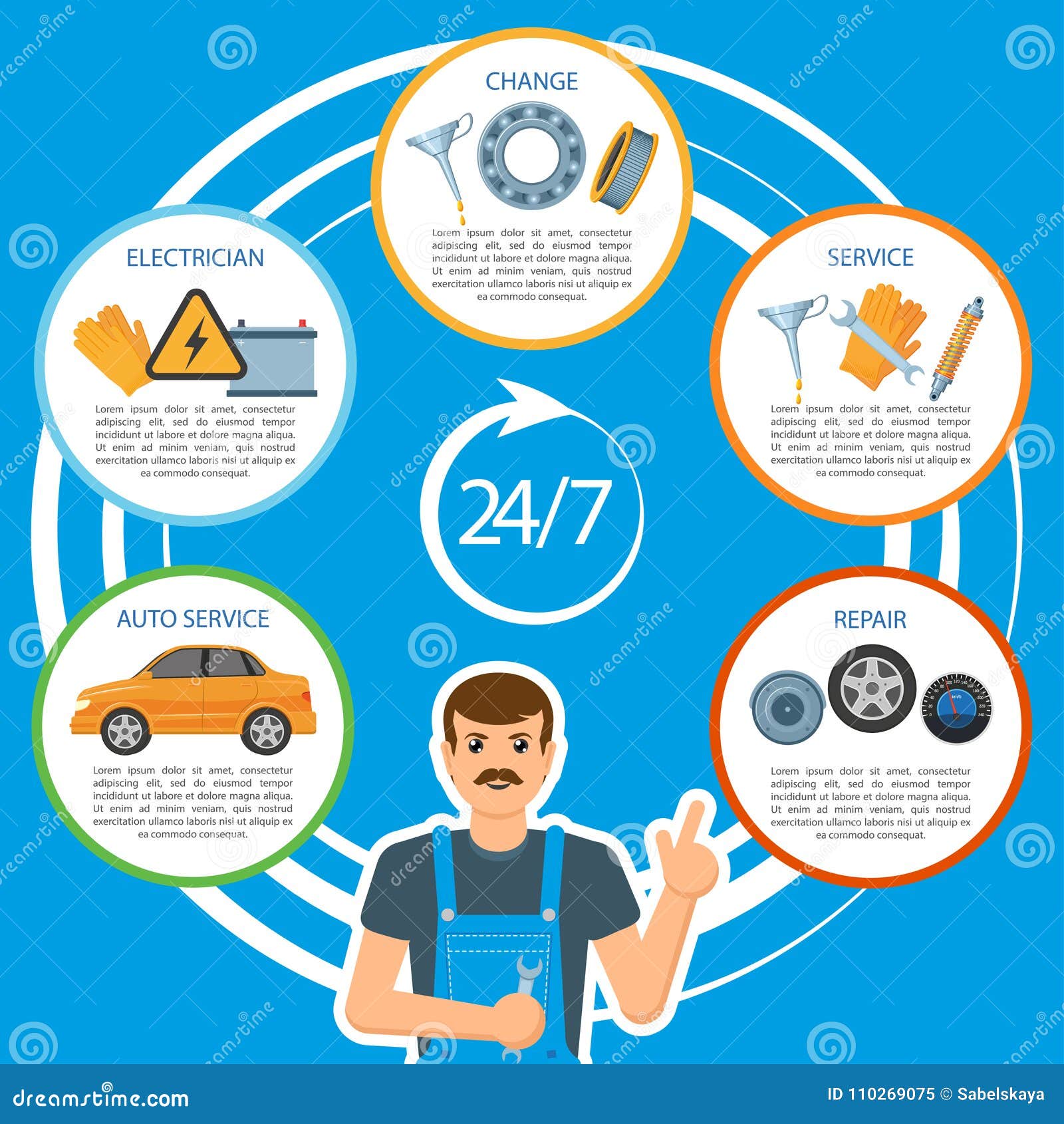Decoding Your Car'S Warning Indicators: What They Absolutely Represent
Decoding Your Car'S Warning Indicators: What They Absolutely Represent
Blog Article
Write-Up Developed By-Sykes Stark
When you're behind the wheel, those beautiful warning lights on your control panel can be a little bit puzzling. Do you recognize what they're trying to inform you about your vehicle's health and wellness? Understanding the value of these lights is essential for your safety and the longevity of your car. So, the next time one of those lights turns up, would not you want to decipher its message accurately and take the needed actions to address it?
Common Caution Lighting and Interpretations
Recognize usual caution lights in your auto and recognize their significances to make sure safe driving.
The most typical warning lights include the check engine light, which signals issues with the engine or discharges system. If this light begins, it's critical to have your lorry inspected quickly.
The oil pressure advising light shows reduced oil stress, calling for immediate focus to stop engine damages.
A flashing battery light may recommend a faulty charging system, possibly leaving you stranded if not attended to.
The tire pressure tracking system (TPMS) light signals you to reduced tire pressure, influencing lorry stability and gas efficiency. Ignoring ceramic coating car can bring about unsafe driving problems.
The abdominal muscle light suggests a trouble with the anti-lock stopping system, jeopardizing your capability to stop quickly in emergencies.
Finally, the coolant temperature level alerting light warns of engine getting too hot, which can result in severe damages if not settled swiftly.
Comprehending these usual warning lights will help you address issues promptly and maintain secure driving problems.
Importance of Prompt Focus
Comprehending the typical warning lights in your vehicle is just the very first step; the relevance of without delay resolving these cautions can't be emphasized enough to guarantee your safety when driving.
When a warning light illuminates on your dashboard, it's your automobile's method of communicating a potential issue that needs attention. Disregarding these warnings can bring about a lot more severe troubles later on, endangering your safety and security and potentially costing you more in repairs.
Motivate focus to warning lights can avoid malfunctions and mishaps. As an example, a flashing check engine light might suggest a misfire that, if left unattended, could create damage to the catalytic converter. Resolving this promptly can save you from a costly repair.
In a similar way, a brake system advising light may signal reduced brake fluid or used brake pads, crucial elements for your safety and security when driving.
Do It Yourself Troubleshooting Tips
If you notice a caution light on your control panel, there are a couple of DIY troubleshooting suggestions you can attempt before seeking expert help.
The first step is to consult your auto's guidebook to recognize what the details warning light shows. In https://www.statesman.com/story/news/2022/04/21/jimmy-tschoerner-pleads-guilty-murder-georgetown-auto-repair-shop-owner/7403190001/ can be as basic as a loosened gas cap triggering the check engine light. Tightening the gas cap may solve the issue.
An additional common concern is a low battery, which can activate various advising lights. Inspecting the battery connections for corrosion and ensuring they're protected could take care of the issue.
If a warning light continues, you can try resetting it by separating the automobile's battery for a couple of mins and after that reconnecting it. Furthermore, inspecting your vehicle's liquid degrees, such as oil, coolant, and brake liquid, can assist repair alerting lights connected to these systems.
Final thought
In conclusion, recognizing your car's caution lights is crucial for maintaining your car running efficiently and securely. By promptly resolving these notifies and understanding what they imply, you can prevent pricey repairs and prospective break downs.
Remember to consult your cars and truck's guidebook for specific information on each cautioning light and do something about it as necessary to make certain a hassle-free driving experience.
Keep informed, remain risk-free on the road!
